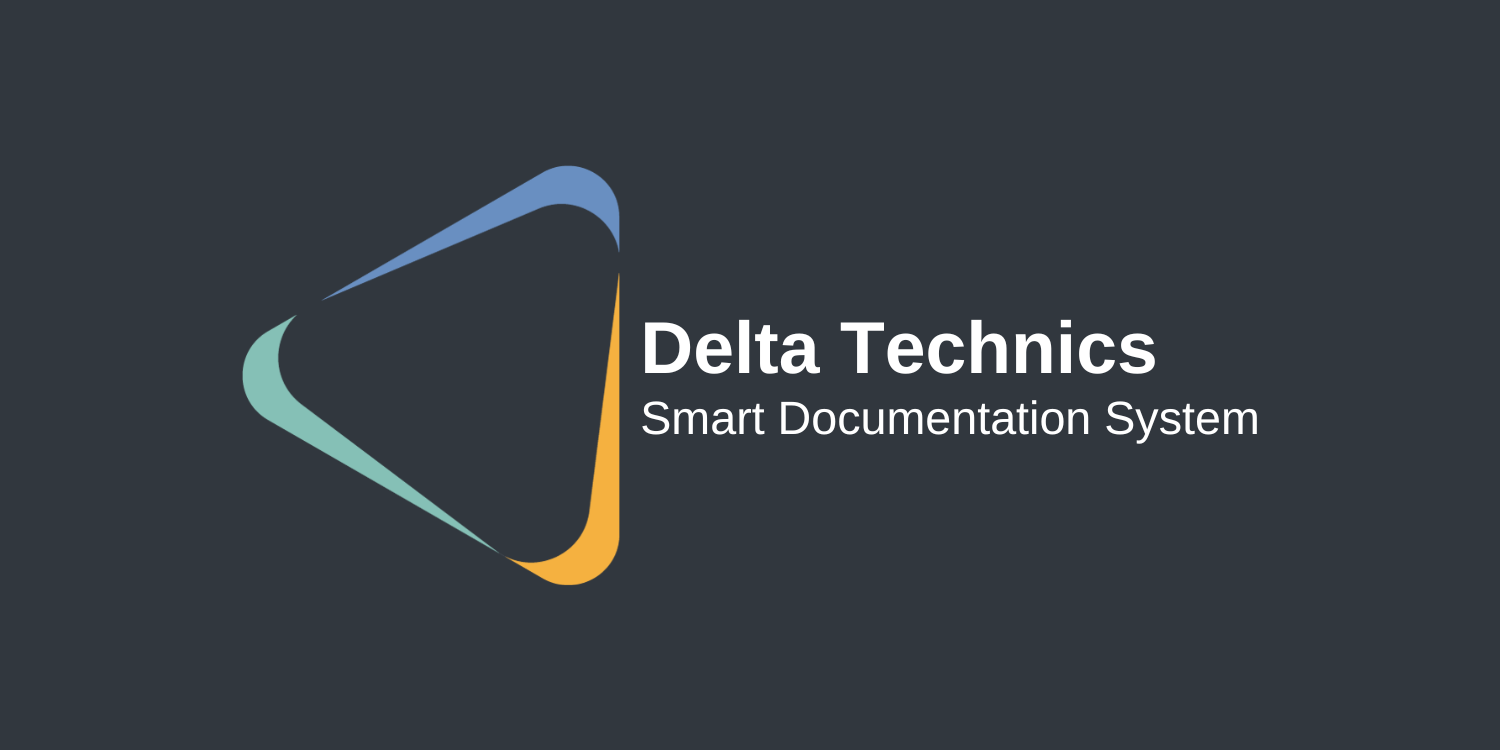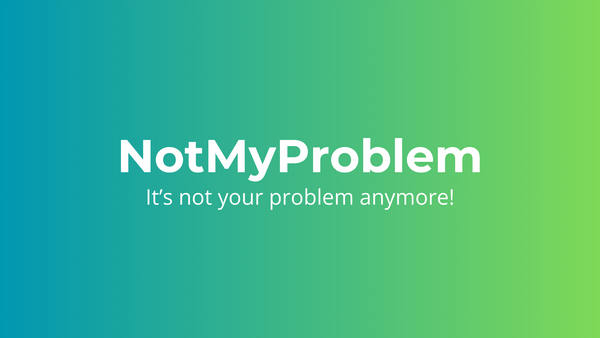Smart Documentation System - Delta Technics
Explore how Jonas Claes built a smart documentation system for Delta Technics. This platform enables easy storage, management, and sharing of documentation, including customer edits. Built with Laravel 8, Blade, and Tailwind CSS, the successful delivery of this project led to its open-sourcing.

What is the smart documentation system?
It is a platform to store and manage documentation. It also allows for easy sharing with the customer. For the customer, it is easy to make changes to the documentation should anything change. This way, the documentation never gets lost and there is immediately a big saving in terms of paper consumption.
About the assignment
Delta Technics, located in Heist-op-den-berg, offered the project smart documentation system. I chose this project in September, 2021, from the list of available projects and immediately made the first contact. After a brief conversation, I scheduled a meeting with Delta Technics to discuss the content of the project.
During this meeting we discussed what Delta Technics' vision of the smart documentation system is. What came out of this was that they wanted a web app to upload and manage their paper documentation. They would also like to work with a QR code, which the customer can scan and make changes.
The idea was that this should be as easy as possible, since technicians do not like to spend an hour just to make one small change.
Tech stack
The people at Delta Technics had no preference in terms of tech stack. So this gave me quite a lot of options which gave me free rein in this choice. Shortly after, I made the choice to work with Laravel 8, in combination with the Blade template language and Tailwind CSS for the styling.
Team
Once I knew what the assignment was and what we were going to work with, I could begin to assemble my team. I then asked Thierry Eeman, a former teacher who started studying Applied Computer Science, if he wanted to collaborate on this project, to which he happily agreed.
Implementation
First, we created a project schedule and a Trello board with all the tasks and goals on it. We did this in the SCRUM way. Then I created the base project and pushed it to a repo on GitHub.
Then we could get started and for each sprint we took a 2-week period. Everyone then took a user story from the sprint list and started working on it. When we had questions, we were able to help each other smoothly each time and the Laravel documentation was an excellent resource. In between, we created an ERD for the database and a use case diagram related to the "Requirements Analysis" course.
After our first sprint, we held a meeting with the client to show them our progress. At that point, they were already happy with how it looked and how the project was progressing.
Our productivity increased as we became more experienced with Laravel, this allowed us to smoothly communicate a schedule to the client, and stick to it.
Delivery
In the last 2 weeks of our schedule, we worked closely with the client to install and configure the application on their hosting. After working out the final kinks from the project, we gave a final demo to the client and a brief explanation of how everything works. All in all, a very successful delivery!
Open source
While developing the project, we got the idea that this is an application that can be applied in multiple places. Therefore, we asked the client if we could open-source the code, to which we received a positive response.
You can find the GitHub repository here: jonasclaes/smart-documentation-system




